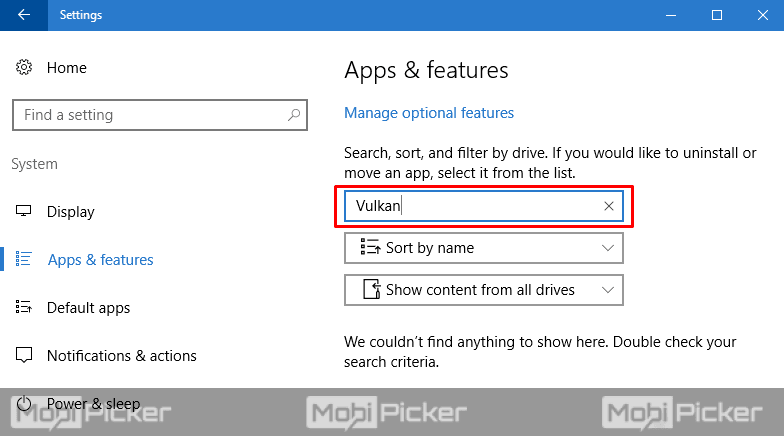

It would be best if the processes you're trying to defend ran as a different user than the one you're trying to defend against.

Those could be solved by adding a blank ACE for OWNER RIGHTS and by changing 'PROCESS_TERMINATE, PROCESS_SUSPEND_RESUME, WRITE_DAC' to 'PROCESS_ALL_ACCESS', respectively.ĭenying access to Task Manager via GPO would stop the user from using Task Manager (obviously) and is the most straightforward solution, but there's nothing stopping them from running their own program (or taskkill) that doesn't obey Group Policy. Also, since these important processes run as the guest user, that user is the process objects' owner, and will be able to adjust the ACL back anyway, or could use PROCESS_VM_WRITE abilities to scribble over the processes' memory and crash them. You may need to hide the notification area, as described in another answer.
#Answerworks runtime should i remove it free
Once it finishes, trying to kill those processes with Task Manager will cause this:Īlso note that it will do nothing useful if the account you test it with is an administrator, or more precisely has SeDebugPrivilege.Ĭlicking the X on their windows or using the applications' own close functionality will still make the processes exit, since all processes are free to decide to stop running. You might have to add a sleep 10 or so after the Param block of the PowerShell script. Note that this has to run after those processes start. That protects snippingtool.exe and mspaint.exe (the Snipping Tool and Paint) from being killed by Guest. ps1 file (somewhere the user can read but not write), then put a batch file containing something like this in the user's Startup: powershell \path\to\script.ps1 ('snippingtool', 'mspaint') 'Guest' -executionpolicy bypass Basically, you provide it with the list of processes to protect and the user to protect against, and it fiddles the processes' ACLs appropriately. It's based on this Stack Overflow answer. $ace = New-Object ProcessAccessRule ($ident, 'PROCESS_TERMINATE, PROCESS_SUSPEND_RESUME, WRITE_DAC', $false, 'None', 'None', 'Deny') $acl = New-Object ProcessSecurity $handle SYNCHRONIZE = (0x00100000), // Required to wait for the process to terminate using the wait -TypeDefinition $cscode PROCESS_VM_WRITE = (0x0020), // Required to write to memory in a process using WriteProcessMemory. PROCESS_VM_READ = (0x0010), // Required to read memory in a process using ReadProcessMemory. PROCESS_VM_OPERATION = (0x0008), // Required to perform an operation on the address space of a process (see VirtualProtectEx and WriteProcessMemory). PROCESS_TERMINATE = (0x0001), // Required to terminate a process using TerminateProcess. PROCESS_SUSPEND_RESUME = (0x0800), // Required to suspend or resume a process. PROCESS_SET_QUOTA = (0x0100), // Required to set memory limits using SetProcessWorkingSetSize. PROCESS_SET_INFORMATION = (0x0200), // Required to set certain information about a process, such as its priority class (see SetPriorit圜lass). PROCESS_QUERY_LIMITED_INFORMATION = (0x1000), PROCESS_QUERY_INFORMATION = (0x0400), // Required to retrieve certain information about a process, such as its token, exit code, and priority class (see OpenProcessToken, GetExitCodeProcess, GetPriorit圜lass, and IsProcessInJob). PROCESS_DUP_HANDLE = (0x0040), // Required to duplicate a handle using DuplicateHandle. PROCESS_CREATE_THREAD = (0x0002), // Required to create a thread. PROCESS_CREATE_PROCESS = (0x0080), // Required to create a process.

PROCESS_ALL_ACCESS = STANDARD_RIGHTS_REQUIRED | SYNCHRONIZE | 0xFFF, //All possible access rights for a process object. WRITE_OWNER = (0x00080000), // Required to change the owner in the security descriptor for the object. WRITE_DAC = (0x00040000), // Required to modify the DACL in the security descriptor for the object. For more information, see SACL Access Right. To read or write the SACL, you must request the ACCESS_SYSTEM_SECURITY access right. READ_CONTROL = (0x00020000), // Required to read information in the security descriptor for the object, not including the information in the SACL. Get ĭELETE = (0x00010000), // Required to delete the object. Persist(processHandle, AccessControlSections.Access) Public void SaveChanges(SafeHandle processHandle)
#Answerworks runtime should i remove it full
this is not a full impl- it only supports writing DACL changes Public void AddAccessRule(ProcessAccessRule rule) : base(false, ResourceType.KernelObject, processHandle, AccessControlSections.Access) Public ProcessSecurity(SafeHandle processHandle) Public class ProcessSecurity : NativeObjectSecurity To do that, you can use PowerShell: Param (

The Process Explorer answer works once, but you probably want this to apply even after the computer is rebooted.


 0 kommentar(er)
0 kommentar(er)
